#history romance
Text

when you're trying to run away from the story but the isekai God kicks you in the guts
#memes#story moodboard#TLOAR#funny#hilarious#reincarnatedsoul#isekai#yandere x reader#yandere x you#yandere x y/n#Reincarnated into a yan fic#dread#webnovel#History romance#Yandere fic#Yancore#Yandere core#Fanfiction#Anime#Isekai pain#male yandere#yancore
23 notes
·
View notes
Text
A Guide to Historically Accurate Regency-Era Names

I recently received a message from a historical romance writer asking if I knew any good resources for finding historically accurate Regency-era names for their characters.
Not knowing any off the top of my head, I dug around online a bit and found there really isn’t much out there. The vast majority of search results were Buzzfeed-style listicles which range from accurate-adjacent to really, really, really bad.
I did find a few blog posts with fairly decent name lists, but noticed that even these have very little indication as to each name’s relative popularity as those statistical breakdowns really don't exist.
I began writing up a response with this information, but then I (being a research addict who was currently snowed in after a blizzard) thought hey - if there aren’t any good resources out there why not make one myself?
As I lacked any compiled data to work from, I had to do my own data wrangling on this project. Due to this fact, I limited the scope to what I thought would be the most useful for writers who focus on this era, namely - people of a marriageable age living in the wealthiest areas of London.
So with this in mind - I went through period records and compiled the names of 25,000 couples who were married in the City of Westminster (which includes Mayfair, St. James and Hyde Park) between 1804 to 1821.
So let’s see what all that data tells us…
To begin - I think it’s hard for us in the modern world with our wide and varied abundance of first names to conceive of just how POPULAR popular names of the past were.
If you were to take a modern sample of 25-year-old (born in 1998) American women, the most common name would be Emily with 1.35% of the total population. If you were to add the next four most popular names (Hannah, Samantha, Sarah and Ashley) these top five names would bring you to 5.5% of the total population. (source: Social Security Administration)
If you were to do the same survey in Regency London - the most common name would be Mary with 19.2% of the population. Add the next four most popular names (Elizabeth, Ann, Sarah and Jane) and with just 5 names you would have covered 62% of all women.
To hit 62% of the population in the modern survey it would take the top 400 names.
The top five Regency men’s names (John, William, Thomas, James and George) have nearly identical statistics as the women’s names.
I struggled for the better part of a week with how to present my findings, as a big list in alphabetical order really fails to get across the popularity factor and also isn’t the most tumblr-compatible format. And then my YouTube homepage recommended a random video of someone ranking all the books they’d read last year - and so I present…
The Regency Name Popularity Tier List
The Tiers
S+ - 10% of the population or greater. There is no modern equivalent to this level of popularity. 52% of the population had one of these 7 names.
S - 2-10%. There is still no modern equivalent to this level of popularity. Names in this percentage range in the past have included Mary and William in the 1880s and Jennifer in the late 1970s (topped out at 4%).
A - 1-2%. The top five modern names usually fall in this range. Kids with these names would probably include their last initial in class to avoid confusion. (1998 examples: Emily, Sarah, Ashley, Michael, Christopher, Brandon.)
B - .3-1%. Very common names. Would fall in the top 50 modern names. You would most likely know at least 1 person with these names. (1998 examples: Jessica, Megan, Allison, Justin, Ryan, Eric)
C - .17-.3%. Common names. Would fall in the modern top 100. You would probably know someone with these names, or at least know of them. (1998 examples: Chloe, Grace, Vanessa, Sean, Spencer, Seth)
D - .06-.17%. Less common names. In the modern top 250. You may not personally know someone with these names, but you’re aware of them. (1998 examples: Faith, Cassidy, Summer, Griffin, Dustin, Colby)
E - .02-.06%. Uncommon names. You’re aware these are names, but they are not common. Unusual enough they may be remarked upon. (1998 examples: Calista, Skye, Precious, Fabian, Justice, Lorenzo)
F - .01-.02%. Rare names. You may have heard of these names, but you probably don’t know anyone with one. Extremely unusual, and would likely be remarked upon. (1998 examples: Emerald, Lourdes, Serenity, Dario, Tavian, Adonis)
G - Very rare names. There are only a handful of people with these names in the entire country. You’ve never met anyone with this name.
H - Virtually non-existent. Names that theoretically could have existed in the Regency period (their original source pre-dates the early 19th century) but I found fewer than five (and often no) period examples of them being used in Regency England. (Example names taken from romance novels and online Regency name lists.)
Just to once again reinforce how POPULAR popular names were before we get to the tier lists - statistically, in a ballroom of 100 people in Regency London: 80 would have names from tiers S+/S. An additional 15 people would have names from tiers A/B and C. 4 of the remaining 5 would have names from D/E. Only one would have a name from below tier E.
Women's Names
S+ Mary, Elizabeth, Ann, Sarah
S - Jane, Mary Ann+, Hannah, Susannah, Margaret, Catherine, Martha, Charlotte, Maria
A - Frances, Harriet, Sophia, Eleanor, Rebecca
B - Alice, Amelia, Bridget~, Caroline, Eliza, Esther, Isabella, Louisa, Lucy, Lydia, Phoebe, Rachel, Susan
C - Ellen, Fanny*, Grace, Henrietta, Hester, Jemima, Matilda, Priscilla
D - Abigail, Agnes, Amy, Augusta, Barbara, Betsy*, Betty*, Cecilia, Christiana, Clarissa, Deborah, Diana, Dinah, Dorothy, Emily, Emma, Georgiana, Helen, Janet^, Joanna, Johanna, Judith, Julia, Kezia, Kitty*, Letitia, Nancy*, Ruth, Winifred>
E - Arabella, Celia, Charity, Clara, Cordelia, Dorcas, Eve, Georgina, Honor, Honora, Jennet^, Jessie*^, Joan, Joyce, Juliana, Juliet, Lavinia, Leah, Margery, Marian, Marianne, Marie, Mercy, Miriam, Naomi, Patience, Penelope, Philadelphia, Phillis, Prudence, Rhoda, Rosanna, Rose, Rosetta, Rosina, Sabina, Selina, Sylvia, Theodosia, Theresa
F - (selected) Alicia, Bethia, Euphemia, Frederica, Helena, Leonora, Mariana, Millicent, Mirah, Olivia, Philippa, Rosamund, Sybella, Tabitha, Temperance, Theophila, Thomasin, Tryphena, Ursula, Virtue, Wilhelmina
G - (selected) Adelaide, Alethia, Angelina, Cassandra, Cherry, Constance, Delilah, Dorinda, Drusilla, Eva, Happy, Jessica, Josephine, Laura, Minerva, Octavia, Parthenia, Theodora, Violet, Zipporah
H - Alberta, Alexandra, Amber, Ashley, Calliope, Calpurnia, Chloe, Cressida, Cynthia, Daisy, Daphne, Elaine, Eloise, Estella, Lilian, Lilias, Francesca, Gabriella, Genevieve, Gwendoline, Hermione, Hyacinth, Inez, Iris, Kathleen, Madeline, Maude, Melody, Portia, Seabright, Seraphina, Sienna, Verity
Men's Names
S+ John, William, Thomas
S - James, George, Joseph, Richard, Robert, Charles, Henry, Edward, Samuel
A - Benjamin, (Mother’s/Grandmother’s maiden name used as first name)#
B - Alexander^, Andrew, Daniel, David>, Edmund, Francis, Frederick, Isaac, Matthew, Michael, Patrick~, Peter, Philip, Stephen, Timothy
C - Abraham, Anthony, Christopher, Hugh>, Jeremiah, Jonathan, Nathaniel, Walter
D - Adam, Arthur, Bartholomew, Cornelius, Dennis, Evan>, Jacob, Job, Josiah, Joshua, Lawrence, Lewis, Luke, Mark, Martin, Moses, Nicholas, Owen>, Paul, Ralph, Simon
E - Aaron, Alfred, Allen, Ambrose, Amos, Archibald, Augustin, Augustus, Barnard, Barney, Bernard, Bryan, Caleb, Christian, Clement, Colin, Duncan^, Ebenezer, Edwin, Emanuel, Felix, Gabriel, Gerard, Gilbert, Giles, Griffith, Harry*, Herbert, Humphrey, Israel, Jabez, Jesse, Joel, Jonas, Lancelot, Matthias, Maurice, Miles, Oliver, Rees, Reuben, Roger, Rowland, Solomon, Theophilus, Valentine, Zachariah
F - (selected) Abel, Barnabus, Benedict, Connor, Elijah, Ernest, Gideon, Godfrey, Gregory, Hector, Horace, Horatio, Isaiah, Jasper, Levi, Marmaduke, Noah, Percival, Shadrach, Vincent
G - (selected) Albion, Darius, Christmas, Cleophas, Enoch, Ethelbert, Gavin, Griffin, Hercules, Hugo, Innocent, Justin, Maximilian, Methuselah, Peregrine, Phineas, Roland, Sebastian, Sylvester, Theodore, Titus, Zephaniah
H - Albinus, Americus, Cassian, Dominic, Eric, Milo, Rollo, Trevor, Tristan, Waldo, Xavier
# Men were sometimes given a family surname (most often their mother's or grandmother's maiden name) as their first name - the most famous example of this being Fitzwilliam Darcy. If you were to combine all surname-based first names as a single 'name' this is where the practice would rank.
*Rank as a given name, not a nickname
+If you count Mary Ann as a separate name from Mary - Mary would remain in S+ even without the Mary Anns included
~Primarily used by people of Irish descent
^Primarily used by people of Scottish descent
>Primarily used by people of Welsh descent
I was going to continue on and write about why Regency-era first names were so uniform, discuss historically accurate surnames, nicknames, and include a little guide to finding 'unique' names that are still historically accurate - but this post is already very, very long, so that will have to wait for a later date.
If anyone has any questions/comments/clarifications in the meantime feel free to message me.
Methodology notes: All data is from marriage records covering six parishes in the City of Westminster between 1804 and 1821. The total sample size was 50,950 individuals.
I chose marriage records rather than births/baptisms as I wanted to focus on individuals who were adults during the Regency era rather than newborns. I think many people make the mistake when researching historical names by using baby name data for the year their story takes place rather than 20 to 30 years prior, and I wanted to avoid that. If you are writing a story that takes place in 1930 you don’t want to research the top names for 1930, you need to be looking at 1910 or earlier if you are naming adult characters.
I combined (for my own sanity) names that are pronounced identically but have minor spelling differences: i.e. the data for Catherine also includes Catharines and Katherines, Susannah includes Susannas, Phoebe includes Phebes, etc.
The compound 'Mother's/Grandmother's maiden name used as first name' designation is an educated guesstimate based on what I recognized as known surnames, as I do not hate myself enough to go through 25,000+ individuals and confirm their mother's maiden names. So if the tally includes any individuals who just happened to be named Fitzroy/Hastings/Townsend/etc. because their parents liked the sound of it and not due to any familial relations - my bad.
I did a small comparative survey of 5,000 individuals in several rural communities in Rutland and Staffordshire (chosen because they had the cleanest data I could find and I was lazy) to see if there were any significant differences between urban and rural naming practices and found the results to be very similar. The most noticeable difference I observed was that the S+ tier names were even MORE popular in rural areas than in London. In Rutland between 1810 and 1820 Elizabeths comprised 21.4% of all brides vs. 15.3% in the London survey. All other S+ names also saw increases of between 1% and 6%. I also observed that the rural communities I surveyed saw a small, but noticeable and fairly consistent, increase in the use of names with Biblical origins.
Sources of the records I used for my survey:
Ancestry.com. England & Wales Marriages, 1538-1988 [database on-line].
Ancestry.com. Westminster, London, England, Church of England Marriages and Banns, 1754-1935 [database on-line].
#history#regency#1800s#1810s#names#london#writing resources#regency romance#jane austen#bridgerton#bridgerton would be an exponentially better show if daphne's name was dorcas#behold - the reason i haven't posted in three weeks
9K notes
·
View notes
Text



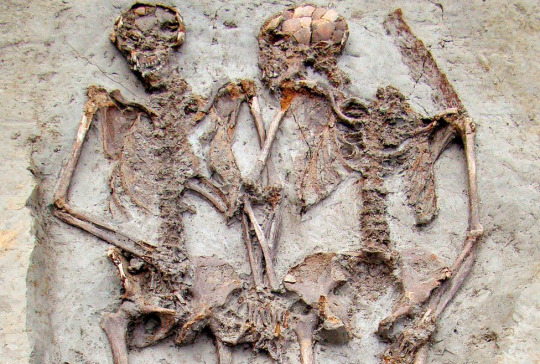

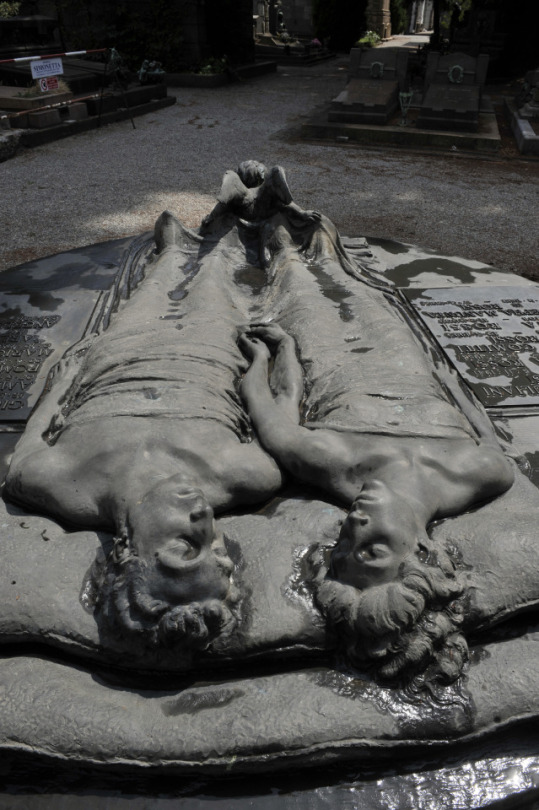

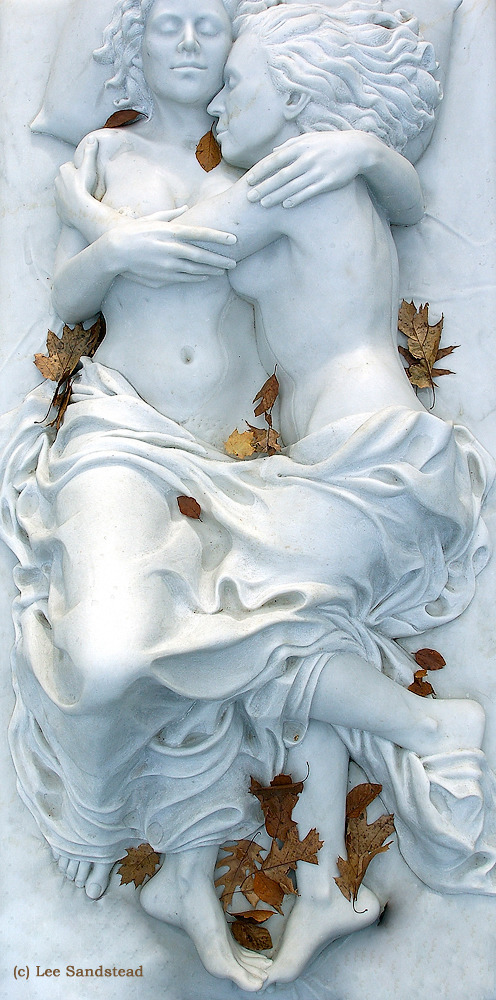







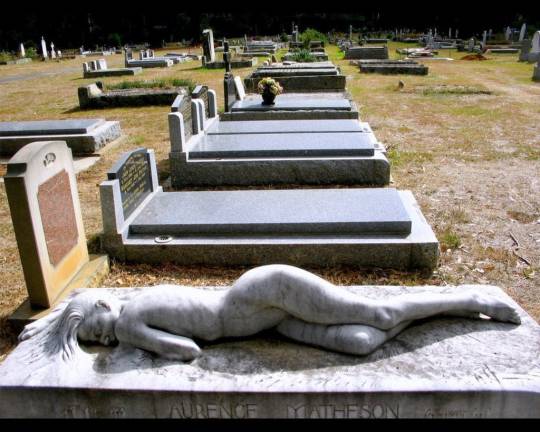




The Dead Lovers by Edvard Munch / Vienna Cemetery / Lovers of Valdaro / The Lovers of Modena / Hasanlu Lovers / Monumento Rossi / Dave Navarro & Carmen Electra by David LaChapelle / A Memorial to Marriage by Patricia Cronin / Monumento Scarneo / Olavi Lanu / Bronze Age Scythian Couple / The Life & Death of a Relationship - Sue Law / Lovers of Turuel / New Orleans Botanical Garden / Etruscan Sarcophagi / Gravestone commissioned by widow for deceased husband - Mt. Macedon Cemetery / Eternal Love - Frank Kunert / Meant To Be - Bruno Caesar / Roman Sarcophagus / Sarcophagus of the Spouses
#web weaving#compilation#comparatives#parallels#love#art#soulmates#david lachapelle#photography#edvard munch#frank kunert#nature#sculpture#valentines day#comparison#comparisons#romance#history#art history#star crossed lovers#comparative
7K notes
·
View notes
Photo


Etiquette Problems in Pictures, Lillian Eichler, 1924
#1924#1920s#roaring 20's#jazz age#etiquette#manners#advice#courtship#romance#dating#historic#vintage#history#roaring 20s#1920's
5K notes
·
View notes
Text

Enid and Geraint by Rowland Wheelwright
#enid#geraint#art#rowland wheelwright#arthurian#romance#romantic#chivalry#chivalric romance#knight#knights#folklore#britain#medieval#middle ages#history#armour#enide#british#europe#european#horses#pathway#forest#wood#woods#woodland#love
3K notes
·
View notes
Text

The Garden of Eden, 1901
Hugh Goldwin Riviere
#Hugh Goldwin Riviere#1900s#early 20th century#black#art#painting#art history#fashion#portrait#gloomy#romance#english art#british art
1K notes
·
View notes
Text
An excerpt from the end of a letter where Mary Shelley rejects the advances of her long-time friend Edward Trelawny, 26 July 1831:
"My name will never be Trelawny. I am not so young as I was when you first knew me, but I am as proud. I must have the entire affection, devotion, and, above all, the solicitous protection of any one who would win me. You belong to womenkind in general, and Mary Shelley will never be yours.
I write in haste, but I will write soon again, more at length. You shall have your copies the moment I receive them. Believe me, with all gratitude and affection,
Yours,
M. W. Shelley."
#lmao#literature#english literature#mary shelley#edward trelawny#shelley#women#feminism#devotion#love#romance#girlboss#romanticism#history#female writers#writers#quotes#excerpts
742 notes
·
View notes
Text
So I was lucky enough to pick up two Bullets era proof sheets from Justin Borucki. This is my favorite, so I thought I'd upload the high res of it first. All I ask is that you 1) credit Justin Borucki as they are his original photos (his instagram is justinborucki) and 2) link back to my post somewhere if you end up posting these elsewhere.
[If you saw this post twice no you didnt shhh]
@current-mcr-news


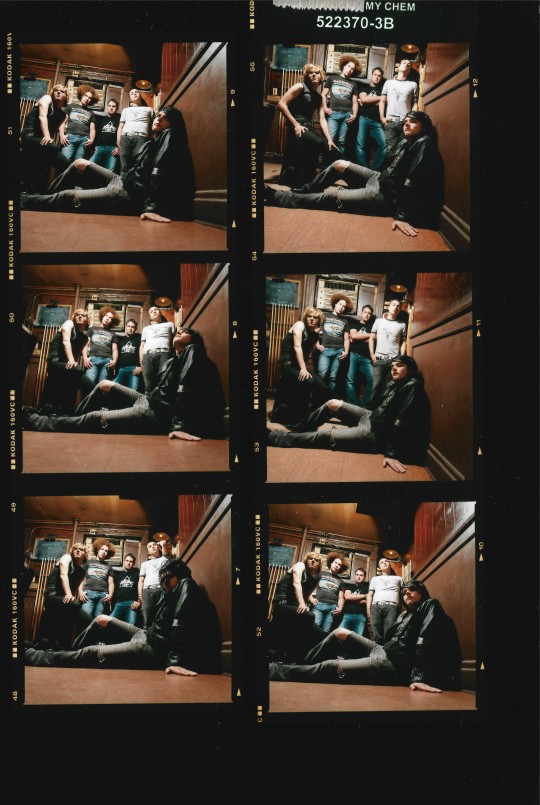

#my chemical romance#mcr#gerard way#mikey way#frank iero#ray toro#justin borucki#mcr photos#my chemical romance history#i brought you my bullets you brought me your love#bullets era
974 notes
·
View notes
Text


La Belle Dame Sans Merci
— by Frank Bernard Dicksee
#painting#art#artblr#oil on canvas#oil painting#classical art#art history#classic academia#romantic academia#light academia#fairycore#fairytales#fairytale#artist#art gallery#princesscore#princess aesthetic#romance#academia aesthetic#aesthetic#museumcore#museum aesthetic#museum date#art community#artists
839 notes
·
View notes
Text
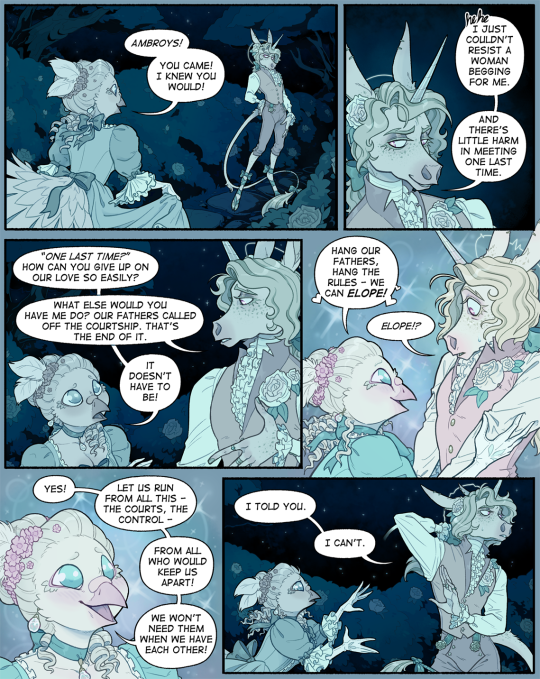
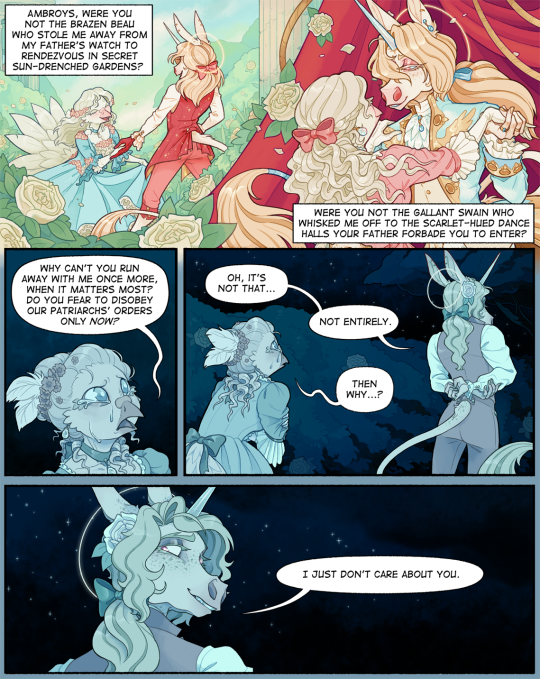
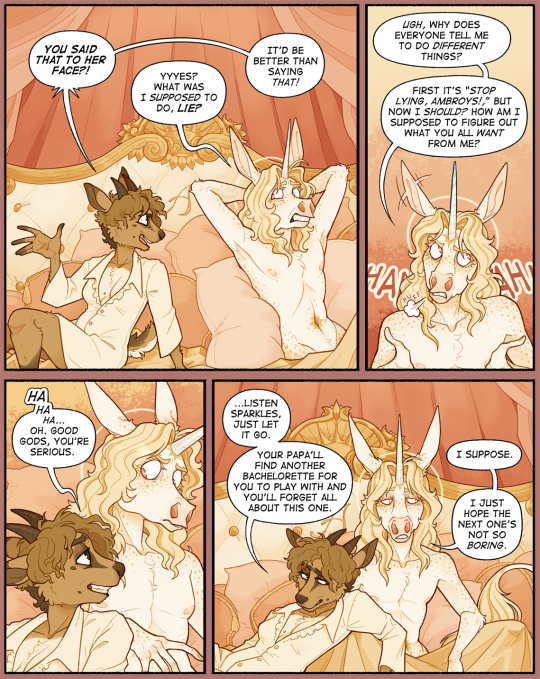
As an eligible young noble of no small fame, Ambroys had a number of arranged courtships and suitresses in his youth, but any nascent marriages always fell through.
It's not that he didn't try; he certainly knew how to court a lady (perhaps too well, according to many fathers and husbands), and when he lacked knowledge on the affairs of womens' hearts, he sought counsel from a young woman who was a dear friend of his (perhaps too much counsel, according to his own father). Nonetheless, all he garnered for his efforts was separation after separation.
Ah, well. Maybe it was for the best.
#been working on this for a while... was just struck by the fact that I don't have much showing Ambroys' character in his ���normal” “everyday”#so I wanted to do something “short” and “quick” to try to highlight some of his... quirks#and to contrast the loverman persona I think he's garnered#like yeah he's good at romance but also he's so fucking bad at it#just like he's good and bad at everything to do with interacting with people really#no matter how well you mimic dance steps it doesn't count for much when you don't know what the music is#or something like that...#also wanted to draw Lou (the goat) his girl best friend (with benefits)#who is actually quite important to him and his history but who I haven't drawn actually speaking or having a face yet#comics#my draws#amaranthine#ambroys#anthro#fantasy#unicorn#etc
752 notes
·
View notes
Text
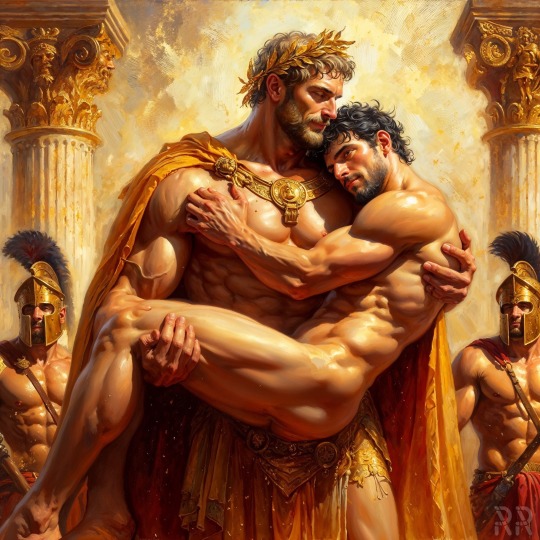
865 notes
·
View notes
Text
Honestly I'm glad that the aro community is moving from "we still love our friends and family we're not heartless!" to "we don't need to make up for our lack of romantic attraction with other forms of love" because yeah, our platonic and/or familial relationships are not romance-lite or a substitute for romantic love and a lot of aros reject the idea of love altogether. So yeah fuck trying to appeal to alloromantic people with the whole "we swear we're normal" thing. I don't need to make sense to anyone
Either you accept me as I am whether you understand me or not or you leave me the fuck alone
#aro#aromantic#arospec#not to mention my already existing struggle with connecting to people which was a problem before i even knew i was aro#and probably isn't related to it and has more to do with my history of rocky friendships full of dissapointment and letdowns#so my lack of romantic feelings are not to blame for my antisocial tendencies#of course there definetly are aros who are lonely souls like me and their aromanticism is connected to that but guess what#they don't owe you shit either and are not ''proof'' that aromanticism is miserable and lonely#those of us who are alone are not ''proof'' that we're incomplete without romance
2K notes
·
View notes
Text

I am now determined to find a way to use "ice cream freezer" as an insult again.
(source: The Troy Messenger, July 13, 1882.)
#'twinkle a couple of twinks' is also A+#history#1880s#victorian#royalty#romance#vICtorIaNs wEre aLL pRUdEs (mocking spongebob meme)#also to the reporter who plagiarized this article almost word for word in the Davenport Republican in 1901#you thought you got away with it didn't you#you thought no one would possibly notice you changing a few words of a 19 year old article to be about a congressman and his wife#well I noticed#and I'm calling you out
7K notes
·
View notes
Text
And so I try to be kind


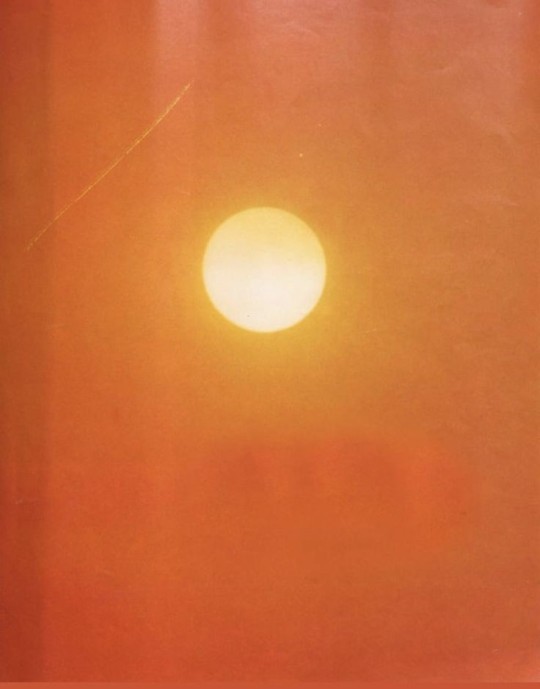
To everything I see



And in everything I see



I see him.
#dark academia#dark academia aesthetic#dark academia moodboard#dark acadamia aesthetic#dark academia quotes#dark academia romance#dark academia literature#dark academia layouts#light academia#light academia moodboard#light academia quotes#light academia aesthetic#romantic academia#chaotic academia#chaotic academic aesthetic#warm academia#warm moodboard#a little life#the secret history#academia#summer sunset#literature quotes#grief#collage#warm colors#book quotes#quote#love quote#love#academia quotes
1K notes
·
View notes
Text
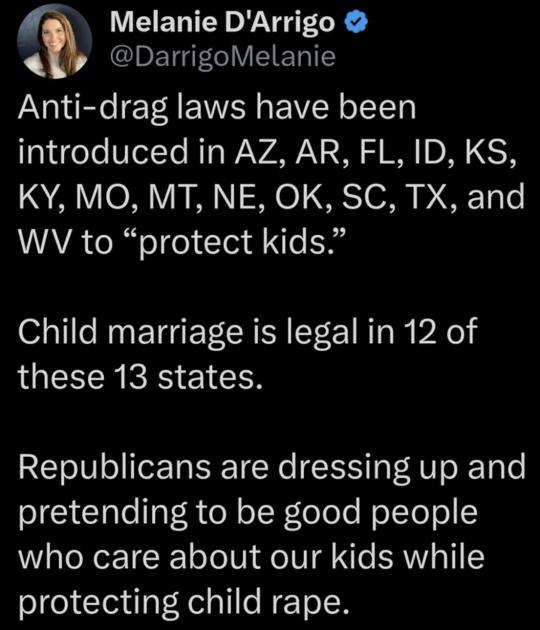
#child marriage#lgbt#lgbtqplus#lgbt pride#lgbtq#lgbtqia#lgbtq community#lgbt fiction#queer community#lgbt community#lgbt memes#queer#queer representation#queer romance#queer ns/fw#queer fiction#queer writers#pride#queer history#queer culture
2K notes
·
View notes
Text
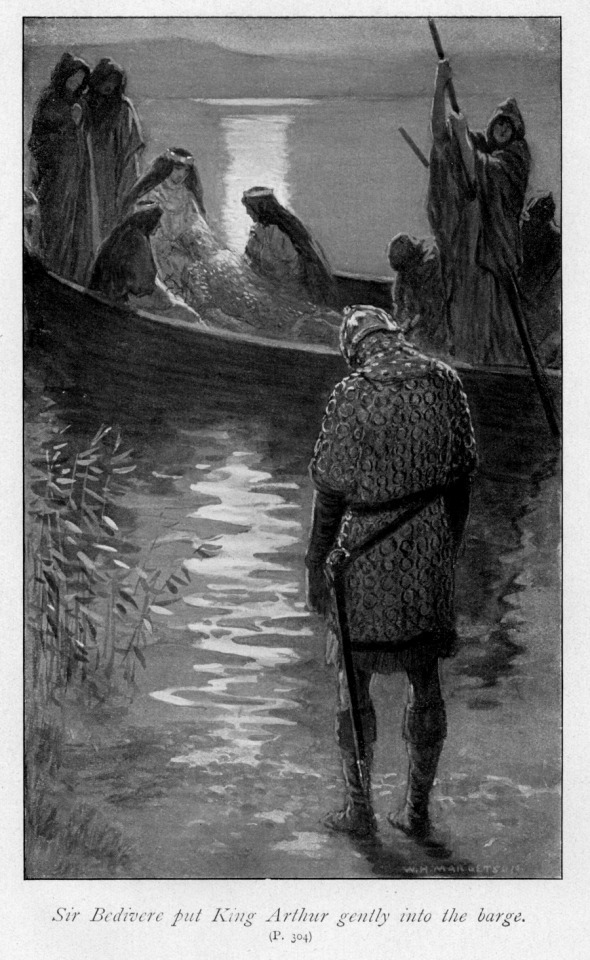
Sir Bedivere put King Arthur gently into the barge by William Henry Margetson
Illustration for Legends of King Arthur and His Knights by James Knowles
#sir bedivere#king arthur#barge#boat#death#avalon#art#arthurian#william henry margetson#arthur#bedivere#chivalry#chivalric romance#britain#british#medieval#middle ages#mediaeval#england#history#knights#knight#mythology#europe#european#james knowles
615 notes
·
View notes